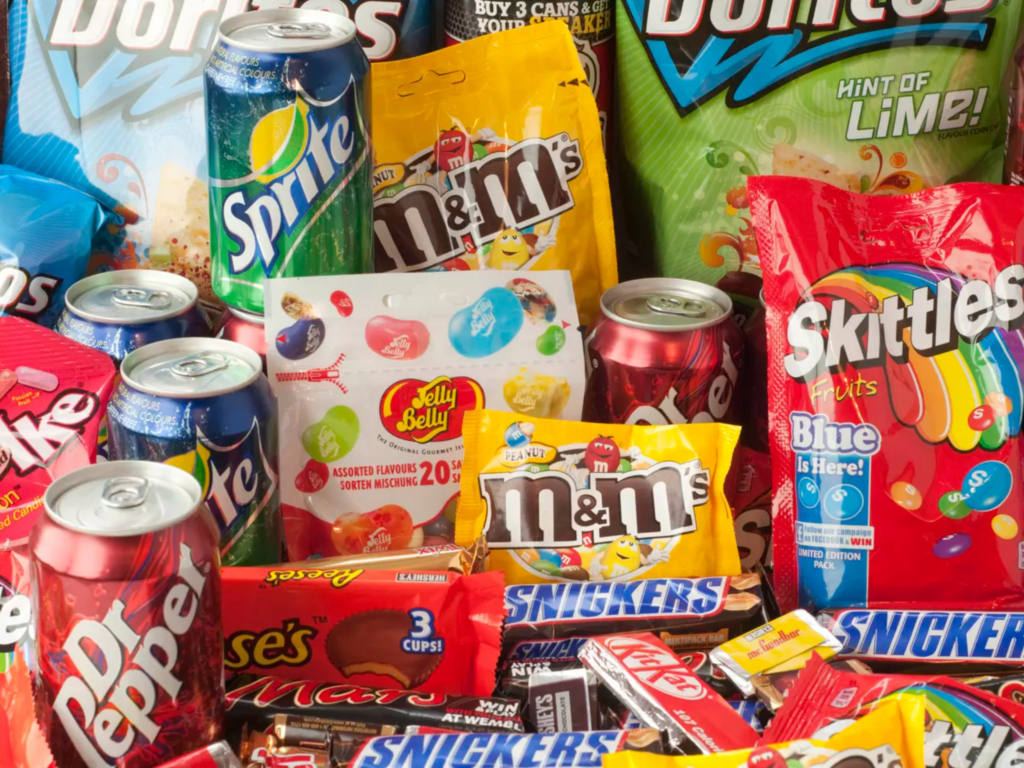
New research from the UK shows that ultra-processed foods (UPFs) may not be the real culprit behind overeating, calling for a more nuanced approach to processing and nutrition.
Already this month, the American Heart Association has joined calls for a more nuanced categorisation and policy framework for ultra-processed foods. Now, researchers from the UK are echoing that sentiment.
One of the key arguments against these products is that they contain industrial additives and high amounts of fat, salt or sugar to make you keep coming back for more. But new research published in the Appetite journal suggests that the association between UPFs and overeating may not be as strong as it seems.
The actual nutritional credentials of a product, and how people perceive their taste, texture, and nutrition, play a much bigger role in overeating. UPFs, however, have “negligible additive contributions” on food reward.
Nutrition and food beliefs carry more weight than UPF status

The researchers from the University of Leeds highlighted the difference between liking a food and eating it for pleasure instead of hunger (or hedonic eating), which is often overlooked in nutrition science. Hedonic eating refers to the continued consumption of food because it feels good, but “not all highly liked foods [are] perceived as a risk for overeating”, they explained.
They conducted three online surveys of over 3,000 Brits, who rated images of more than 400 unbranded food portions by how much they liked them and how likely they were to overeat them. These included jacket potatoes, apples, noodles, cottage pie, custard creams, and other common grocery basket items.
The researchers then compared these responses to the foods’ nutritional content, whether they’re UPFs, and how they were perceived (sweet, fatty, processed, high-fibre, healthy, etc.)
“Frequently consumed foods tended to be those that were well-liked, whereas foods that were perceived as a risk for overeating tended to be perceived as low in satiety (per kcal), less healthy and low cost (per kcal),” the study stated.
What really surprised them was the impact of beliefs and nutritional value on overeating. People rated foods high in fat and carbs as more enjoyable, while low-fibre, high-calorie foods were thought of as more ‘bingeable’.
In terms of food perceptions, a food thought of as sweet, fatty or highly processed increased the likelihood of overeating, regardless of the actual nutritional content. Products or dishes that were believed to be better or high in fibre, meanwhile, had the opposite effect.
In fact, across the three studies, the nutritional characteristics of foods explained 20% of the variance in liking and 40-60% in hedonic eating. Beliefs about the food and its sensory qualities informed a further 6-33% variance in liking and 17-38% in overeating.
UPFs, though, barely had an effect on overeating. The researchers could predict just 0-7% of additional variance by classifying a food as a UPF.
UPF discourse too simplistic and needs an overhaul

“A number of influential scientists, public health and food policy experts have argued that associations between UPF consumption and disease outcomes persist independently of the nutritional composition of UPFs,” the researchers noted.
“The implications of these arguments are that the risks caused by UPF cannot be mitigated by choosing healthier UPF with less fat, sugar, salt, carbohydrate, or different nutrient profiles. Instead, UPF are proposed to drive overeating due to industrial processing techniques per se,” they added. “However, other scientists have warned that the current mechanistic uncertainty on UPF and health outcomes poses a major challenge to providing consumer guidance that is apolitical and evidence-based.”
Indeed, nutritionists across the world have questioned the Nova classification, outlining how it bundles very nutritionally different products under the same umbrella, and some have proposed alternatives. While many UPFs are high in fat, salt or sugar (like crisps, confectionery, and cola), others are high in fibre and beneficial for human health (such as tofu, fortified cereals, and plant-based meat).
“The message that all UPFs are bad oversimplifies the issue. People don’t eat based on food labels alone. They eat based on how a food tastes, how it makes them feel and how it fits with their health, social or emotional goals,” co-authors Graham Finlayson and James Stubbs wrote in The Conversation.
This is why relying on Nova to develop nutrition guidelines may backfire. Warning labels could drive people away from foods that are actually good for them, causing confusion about what’s healthy and what’s not.
The researchers argued that the findings were important for customers looking to buy healthy products without sacrificing satisfaction, food manufacturers who can alter formulations and influence consumer perceptions, health professionals who wish to support the public in complying with nutritional guidance, and researchers seeking mechanistic insight into how medications may affect appetite.
They called for an enhancement of food literacy to help people understand what makes food satisfying and drives cravings, and how to recognise cues for overeating. They added that food products should be formulated with enjoyability and satiety in mind, rather than relying on bland “diet” options or ultra-palatable snacks. Finally, supporting alternative eating motivations while maximising enjoyment could lower the dependence on low-quality foods.
The post Nutrition & Sensory Perceptions Promote Overeating Far More Than UPFs, Shows Study appeared first on Green Queen.
This post was originally published on Green Queen.